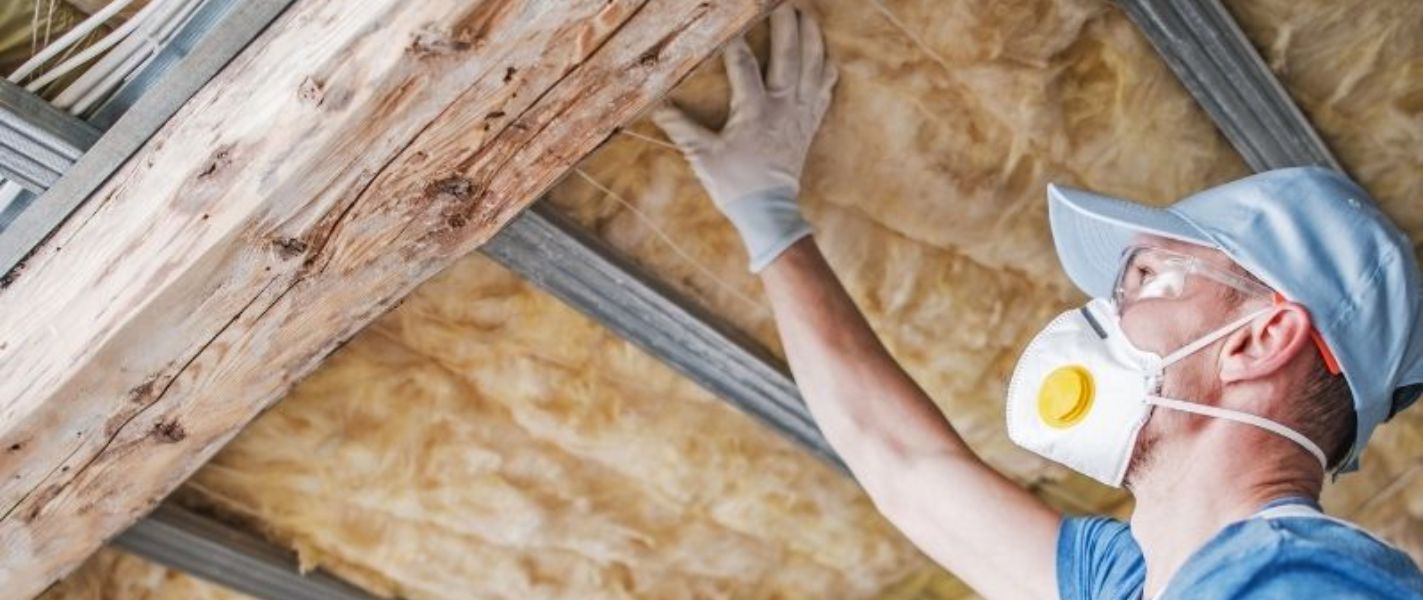Insulation Inspection Checklist
Insulation is one of the most vital components that will keep your home energy-efficient and warm. It ensures that indoor temperatures remain stable and it also controls heat loss in winter and reduces the gain of heat during summer. A home inspection on insulation will ensure that your home complies with Australian standards, saves energy, and remains safe and comfortable for you and your family. Use this checklist in full as it helps in comprehensive inspection and completion of every step.

Permits for Insulation
- No Registration Required: Although a particular type of license is not required to install insulation, make sure you look for local variances and regulations, if any. Seek such information from your local council so as not to face compliance issues.
- Building Code of Australia Compliant: Ensure that the insulation installed by you satisfies all the terms and conditions set by the BCA. This way, you can ensure that the insulation installed at your property will be safe, energy-efficient, and up to code.
- Materials meet the relevant Australian standards: Ensure that the material installed and the installation procedure are according to the relevant Australian standards. This ensures that the insulation which you install is of great quality and gives excellent performance.
- Certified Qualified Contractor: The employer must be a certified qualified contractor who practices installing and managing insulation with experience in handling similar tasks and great reviews.
- Contractor Insurance: A fully insured contractor. This means you are covered in case there are unfortunate accidents or you have damaged property while installation is being done.
- Building License: Ensure that the contractor has a license to build in Australia. This eliminates the factor of illegitimacy since he is authorized and practically must know the laws and regulations of the city.
- Obtain Several Written Quotes: For one company, request several written quotations. Compare their pricing, services, and timelines to make a very informed choice while staying within your budget.
- Adhere to Council Regulations: Make sure that all work is done according to your local council's regulations and permits. This saves one from possible legal or compliance issues down the line.
Location of Insulation
- Accessibility Issues: For any installation, you need to discuss possible access issues with your installer, such as in the attic crawl spaces or the walls. The sooner one finds the problem, the better the installation will turn out to be.
- Attic Cleaning: Whenever you are going to insulate your roof or attic, get rid of as many items as possible. The place should remain vacant of obstructions for easy access and reduced potential risk during installation.
- Fixed start and completion dates: Ensure the contractor knows you have a specific date for start-up and an estimated date for completion. That will help manage your schedule and avoid the work coming to a halt.
- Check lighting fixture: Ensure recessed light or ceiling fans are likely affected by the installation, so they do not fall freely in place when interfering with your new insulation.
Accessibility
- Clearance Above Lights: It is important to ensure clearance above incandescent lights to prevent overheating. In the case of recessed lighting, insulation near them should not be installed too close, as it can be a fire hazard.
- Furniture Movement: All furniture and house items need to be moved out of the installation site to allow easy and total access for contractors. This will ensure that nothing obstructs the work area and ensures a safe working environment.
- Identify Hazards: Identify hazardous items such as halogen downlights, heating lamps, or electrical wiring. All of these must be removed before a direct installation so as not to present obstacles and safety risks.
Safety
- Minimum R-value: The insulation used must at least meet the minimum R-value of a given region. The R-value is how well any kind of insulation can resist any given flow of heat. The right R-value is very essential for efficiency as well as comfort.
- Manufacturer Recommendations: Manufacturers' instructions and recommendations should always be followed in the installation of any sort of insulation. Then you will have no compromise on performance, and later you will not suffer any problems.
- Cover Down Lights: All downlights must be covered properly with safe clearances. In this manner, there's no risk of overheating and possible fires.
- Foil Insulation and Electrical Wires: When installing foil insulation, keep it at safe distances from electrical wiring. This is because foil may cause short circuits and even a fire if not properly spaced around the wires. See to it that the spacing of the wires and the barriers of the wires' insulations are proper.
- Protective Clothing: Sufficient protective clothing must be available for those who install it, including gloves, masks, and long-sleeved jackets. Some insulation irritates the skin, especially the fibreglass. Proper handling prevents this from happening with inhaled fibres in the lungs.





